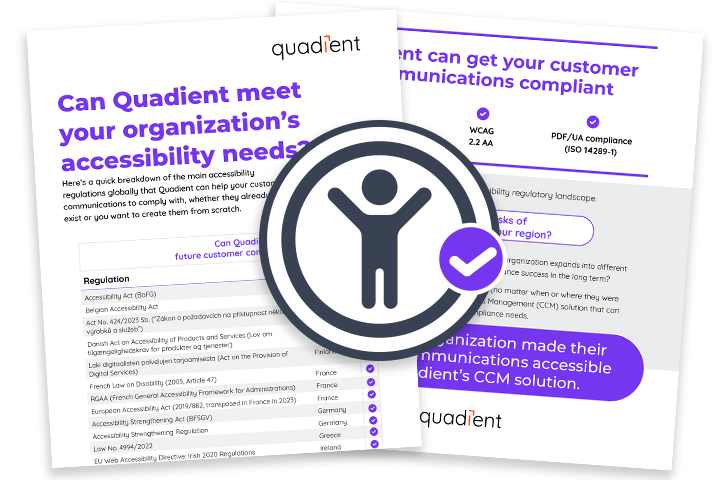
A bad debt is an amount which has been written off by the business as a loss, and categorized as an expense, because the debt owed to the business cannot be collected. This generally occurs when the debtor declares bankruptcy or when the cost of pursuing further action in an attempt of collecting the debt becomes more costly than the debt itself.
How do you know how much bad debt to anticipate?
Bad debt is an unfortunate but unavoidable part of doing business. Two primary methods exist for estimating the dollar amount of accounts receivables expected to become “uncollectible”.
Accounts Receivable Aging Method
This method can use statistical modeling and historical data from the business, as well as from the industry as a whole. The aging method groups all outstanding accounts receivable by age and specific percentages are applied to each group. The specific percentage will typically increase as the age of the receivable increases, to reflect increasing default risk and decreasing collectability. The aggregate of all groups' results is the estimated uncollectible amount.
Let’s say a company has $100,000 of accounts receivable less than 30 days outstanding, and $30,000 of accounts receivable more than 30 days outstanding. Based on historical data, 1% of accounts receivable less than 30 days old will not be collectible and 4% of accounts receivable at least 30 days old will be uncollectible.
Therefore, the company will report an allowance and bad debt expense of $2,200 (($100,000 * 1%) + ($30,000 * 4%)).
If the next accounting period results in an estimated allowance of $2,500 based on outstanding accounts receivable, only $300 ($2,500 - $2,200) will be the bad debt expense in the second period.
Percentage of Sales Method
This method estimates a flat percentage of net sales for the period based on previous experience.
For example, using historical data, a company may expect that 2% of net sales are not collectible. If the total net sales for the period is $100,000, the company establishes an allowance for doubtful accounts for $2,500 while simultaneously reporting $2.500 in bad debt expense.
If the following accounting period results in net sales of $80,000, an additional $2,400 is reported in the allowance for doubtful accounts, and $1,600 is recorded in the second period in bad debt expense. The aggregate balance in the allowance for doubtful accounts after these two periods is $4,100.
Accounting for Bad Debt
The two methods of recording bad debt are 1) direct write-off method and 2) allowance method.
Bad Debt Direct Write-Off Method
This method involves a direct write-off to the receivables account. In this approach, bad debt expense serves as a direct loss from uncollectibles, which goes against revenues and lowers your net income.
Bad Debt Allowance Method
The allowance method is preferred compared to the direct write-off method, especially for larger amounts. This method involves a contra asset account that goes against accounts receivables. A contra asset account is basically an account with an opposite balance to accounts receivables and is recorded on the balance sheet.
How to record bad debt expense
It is essential to document bad debt when it occurs. Properly recording the information will provide you with a realistic look into the health of your accounts, allowing your organization to make better financial decisions. That said, a company only needs to record bad debt expenses if they are using accrual-based accounting. Those that use cash accounting principles would never have recorded the amount as incoming revenue, making it unnecessary to change their expected revenue.
However, the majority of companies use accrual accounting as a best practice. In that case, there are two ways to record bad debt expense in a journal.
- For an organization using the write-off method, they would simply debit the bad debt expense account. You would follow this by crediting your accounts receivable.
- Those using the allowance method need to record bad debts on their balance sheet as a contra-asset account — an account with a zero or negative balance. The bad debt expense would then be debited, and the allowance for bad debts credited.
Examples of bad debt expense
Let’s assume that a manufacturing company undertakes a project for $20,000. While the company completes the project, the customer fails to meet their financial obligation.
The first entry for the job would involve a debit to accounts receivable, as well as a credit to sales revenue. Because the customer failed to pay, financial statements need to be adjusted.
To do this, accounts receivable would be credited $20,000 and bad debt expense would be debited in the same amount. In the event that the customer was able to pay a portion of the bill, the number should be adjusted accordingly. For instance, if the customer paid $5,000, the amount credited to accounts receivable and debited to bad debt expense would be $15,000.
Why do you need to understand Bad Debt?
Bad debt expense helps companies identify which customers default on payments, and if any do so with regularity. This information can help them make decisions on creating loyalty programs, how they manage collections, what types of payment incentives they might offer, and if they need to reassess their processes for determining creditworthiness.
In addition, financial statements are usually prepared every quarter - or at least annually - and are viewed by both investors and potential investors. Investors are relying on truthful financial statements to make sound investment decisions. If bad debt is not part of the financial statements, there could be significant misrepresentation of the company’s actual revenue.








